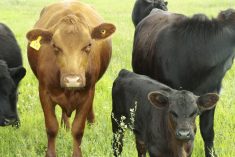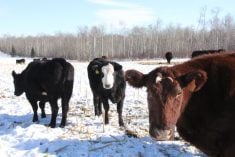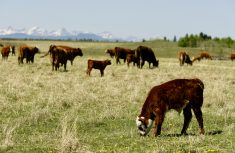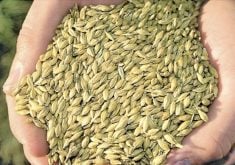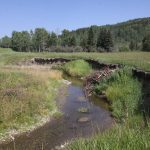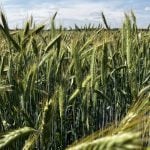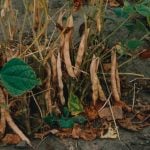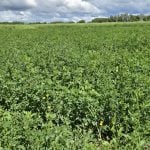As grazing activity gets underway across the country, beef producers begin to turn their attention to other activities associated with their operation. From a herd nutrition perspective, the thinking of many is “Let the grass take care of the cattle.” Such thinking, while natural, can lead to issues that affect the health and productivity of the cattle. Examples include lack of good-quality water, inappropriate mineral supplementation and insufficient grass for the planned stocking density. With this column, I want to look at two steps one can take to ensure optimal productivity of grazing cattle.
First let’s look at water, both in terms of quantity and quality. Adequate water intake is necessary for maintenance and productive functions. The definition of “adequate” will depend on the age and type of animal and on environmental conditions. Dry beef cows will typically consume 40 to 55 litres of water per day while lactating beef cows will consume up to 65 litres per day. Stocker cattle, depending on weight, will consume 25 to 45 litres per day. However, when temperatures approach or exceed 30 C, water consumption can increase by 50 per cent or more. It is important to remember that if supply does not match demand, performance (i.e. milk production, growth) will suffer. If this is the case, the only solution is to reduce stocking density or haul water to the pasture.
Grazing cattle, for the most part, access their water from dugouts or other surface water bodies. Dugout water quality is dependent on many factors including geographical location (i.e. soil mineral concentration, salinity issues), degree of dugout filling and on environmental conditions. Water quality is usually assessed by measuring its total dissolved solids (TDS) and/or sulphate content. Water with excessively high TDS (i.e. greater than 3,000 ppm) or high sulphate content (greater than 2,000 ppm) can lead to a variety of issues. These include reduced water intake and subsequent poor performance, interference with trace mineral metabolism of cattle and an increase in polio in susceptible animals. It is important to recognize that dugout water quality can change throughout the summer. Specifically, there can be an increase in sulphate content due to recharge being high in salts and/or to the concentration of salts due to evaporation. Monitoring dugout water quality throughout the summer using a portable conductivity meter is becoming a common management practice in some areas.
Read Also
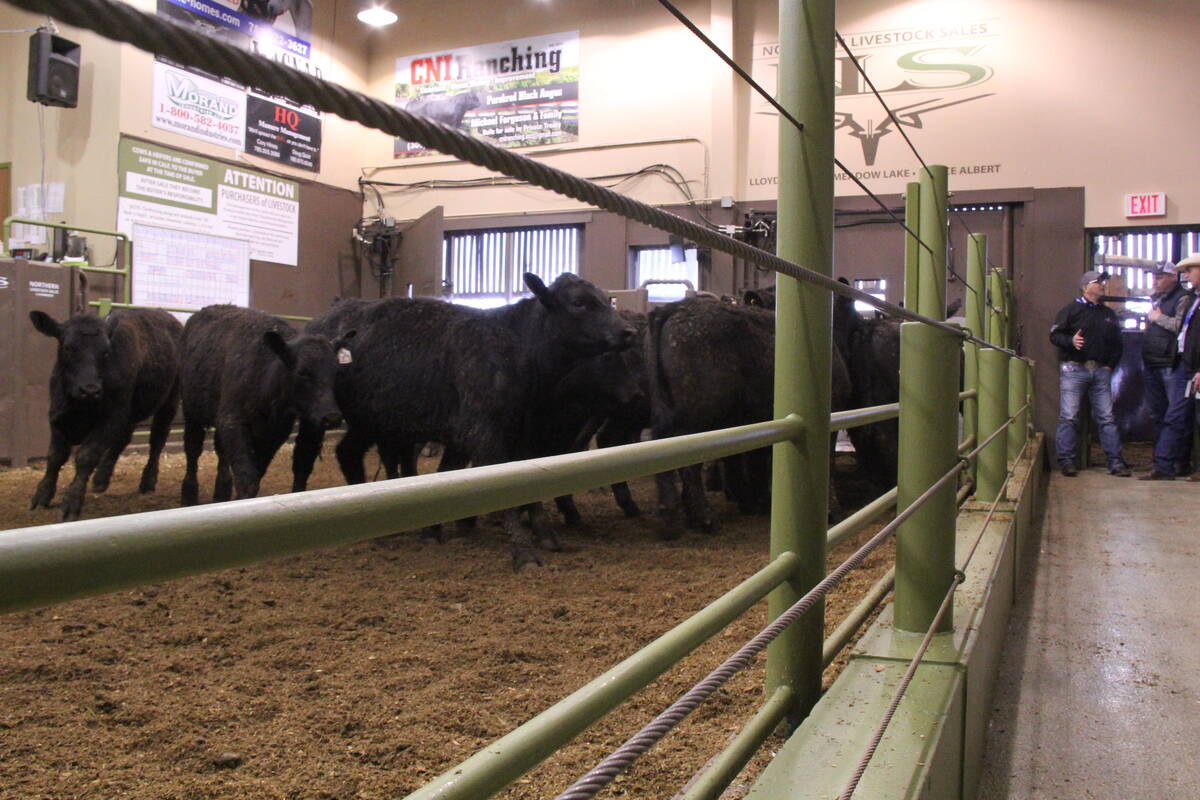
A change to how the cattle check-off rate is set in Western Canada
On August 1, the Saskatchewan Cattle Association raised the provincial portion of its check-off, raising the total check-off from $4.50…
Management of the surface water body will also influence water quality. For example, giving cattle direct access to dugouts can negatively affect water quality through excessive hoof activity and nutrient loading. The latter occurs when cattle defecate and urinate directly into a water source and as a result, nutrients such as phosphorus and nitrogen become more concentrated. Several studies have shown that cattle not only prefer to drink water pumped to a trough but also outperform those who have direct access to a water source.
Nutrient loading that results from cattle having direct access to a surface water body is an environmental issue with both local and national implications. Nationally, industry organizations work hard to educate cattle producers about the threat posed by allowing cattle to have direct access to streams and lakes. Locally, this practice not only reduces grazing performance, but as summer progresses, nutrient loading can lead to excessive growth of blue-green algae in slow-moving and/or stagnant water. Whether due to natural causes or chemical treatment, the death of these algae blooms can lead to release of toxins that are highly poisonous to cattle. Providing cattle with clean water pumped to troughs or by other indirect means should be one of the guiding principles of sound grazing management.
Providing the appropriate mineral supplement is also an important aspect of pasture management. The specific choice will depend on pasture type (i.e. legume versus tame grass versus native grass), time of year (spring versus summer) and type of cattle (lactating cows versus yearlings). With lactating cows, particularly those grazing early spring pastures with a high proportion of tame or native grasses, a mineral supplement that includes both the macro (i.e. calcium, phosphorus and magnesium) and trace (i.e. copper, zinc, manganese) minerals is required. Typically, a 2:1 calcium-to-phosphorus mineral is called for although in some cases a forage test may indicate the need for a 1:1 mineral. Many nutritionists will recommend a mineral specifically designed for the breeding herd during this period. Such minerals typically have elevated levels of magnesium and some of the trace minerals. They may even include a certain proportion of the trace minerals in chelated form. As the season progresses and lactation requirements drop, many producers will switch to a more economical “range” mineral, designed to meet the maintenance requirements of cattle on pasture.
Stocker cattle, in contrast, do not have as high a requirement for some of the macro minerals as lactating cows. With such cattle, a typical 2:1 free choice “range” mineral suffices or even a trace mineral supplement high in iodine. The high iodine content can help combat issues with lame cattle on pasture.
To wrap up, spring and summer grazing should be one of the more enjoyable events on the cow-calf producer’s calendar. By practicing sound grazing management, it should also be one of the most productive!






